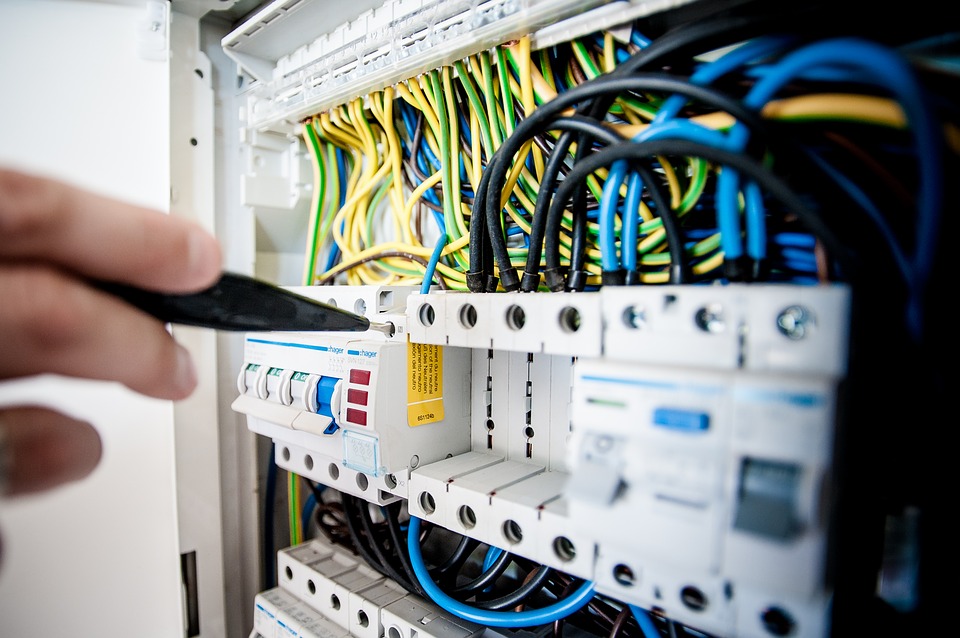
A terminal block offers an effective way to terminate wires. Also known simply as a terminal, it’s a square- or rectangular-shaped electrical accessory that supports multiple wires. Both the front and back of a terminal block features holes. You can insert stripped wire into these holes to connect them to a circuit and, thus, terminate them below are several tips on how to choose a terminal block.
Single vs Multi-Level
Terminal blocks are available in single and multi-level styles. Each level consists of a row of holes. Single-level terminal blocks have a single row of holes on the front and back. One side represents input, whereas the opposite side represents output. Regardless, all single-level terminal blocks have a single row of holes on the front and back.
There are also dual-level terminal blocks. As their name suggests, dual-level terminal blocks have two rows of holes on the front and back. You can even find terminal blocks with three rows of holes. Known as three-level terminal blocks, they feature a stacked design that accommodates more wires than single-level and dual-level terminal blocks.
Entry Angle
Something else to consider when choosing a terminal block is the entry angle. The entry angle refers to the angle at which you must insert wires into a terminal block. The most common entry angle is 90 degrees. A 90-degree entry angle means you can insert wires horizontally into the terminal block’s holes on the front or back.
Other terminal blocks have a 180-degree entry angle. Rather than horizontally, you’ll have to insert wires vertically. Consider the space where you intend to use the terminal block and choose an appropriate entry angle.
Mounting Method
Different types of terminal blocks support different mounting methods. Some of them support rail mounting. Rail-mounted terminal blocks are popular. They are designed for use with rail systems like top-hat rails or G32 rails.
You may discover that some terminal blocks are designed for use with printed circuit boards (PCBs). They aren’t mounted to a rail. Instead, they are mounted to a PCB.
Wire Size
Don’t forget to consider the wire size when choosing a terminal block. While all terminal blocks are designed to accommodate wire, the size of the wire with which they can be used may vary.
A terminal block with large holes will support thicker wire than a terminal block with small holes. You’ll need to choose a terminal block with the right wire size specification for your application.

